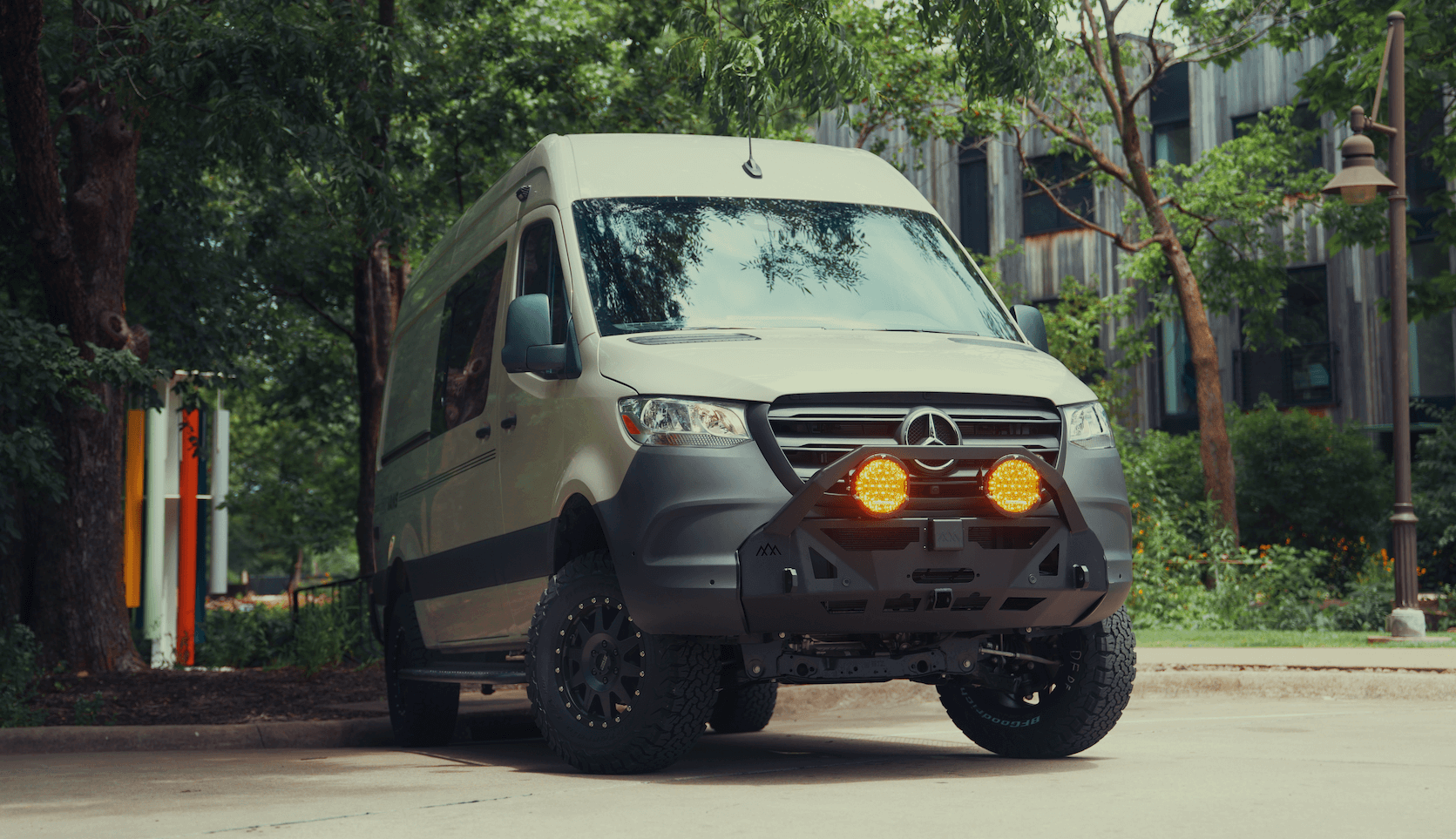Recreational Vans

A partial build is a staged approach to conversion where core systems go in first and lifestyle features follow later. Think of it like setting a house foundation before choosing cabinets and tile. The first phase focuses on structure, safety, and infrastructure that would be costly to redo. Later phases add comforts that bolt to the skeleton you already installed.
This strategy helps with cash flow, gets you traveling sooner, and lets you learn how you actually use the space before finalizing every detail. It also minimizes rework when the sequence is smart. The goal is simple. Do the items that require cutting, sealing, or hidden routing first, then attach furniture and creature comforts to that framework when you are ready.
Skipping the backbone invites double work. If the electrical harness is not mapped with spare runs, adding a galley or heater later may require opening finished panels. If the floor lacks structure, cabinetry will have limited anchor points. If cutouts and penetrations are delayed, interior finishes may be damaged later. Sequencing prevents those detours.
Successful phasing starts with a full blueprint, even if you are only installing the first chapter right now. A shop should draft the final layout, then run wiring, data, and plumbing pathways that match the end state. Label every circuit, document harness routes, and leave service loops for growth. Future you will thank present you for that map.
Energy modeling helps right size the system. Calculate loads for refrigeration, cooking, fans, lights, and devices. Install a power center and bus bars that can accept more battery or an inverter later. Prewire for rooftop solar even if panels will wait. For plumbing, set bulkhead fittings or capped stubs in accessible spots so later installs avoid a full tear back.
Weight, balance, and safety matter in every phase. Keep heavy components low and centered. Ensure ventilation clearances for electronics and heaters. Use fire safe materials and grommets at every pass through. Follow manufacturer guidelines for airbags and sensor zones around pillars and rocker panels. Good notes, labeled photos, and a wire legend become your maintenance manual.
Windows, floor systems, and specialty mounts can have lead times. Plan the first phase around parts that unlock future steps. Align install dates with seasons so weather dependent sealants cure properly and road tests happen in safe conditions.
A staged approach adds flexibility but also requires discipline. Each mobilization has a cost, so group related tasks. For example, do all roof penetrations at once. If you know a heater, hot water, and galley will arrive later, reserve mounting zones and route power and plumbing now to those locations.
Budget for finish work after the shakedown period. The first trips reveal how you cook, where you store gear, and how often you need shore power. That feedback improves your final choices. It is normal to change cabinet layouts or add outlets once you have lived in the space. Good planning keeps those changes simple.
Quality control should be consistent across phases. Torque specs, sealant types, and connectors should match the standard used from day one. Keep a build log with part numbers and warranty info. When the last phase begins, the shop can pick up right where the previous chapter ended and avoid guesswork.
A professional installer can also advise on code considerations for propane, ventilation, and structural attachments. They will identify sensor zones and airbag paths that must remain clear. They will pressure test plumbing, load test electrics, and perform water tests on cutouts. That diligence protects the investment and preserves the vehicle’s integrity.
Map the end state, build the backbone now, and add the living pieces later. That is the essence of a staged conversion that feels intentional rather than temporary.
OZK Customs in Fayetteville Arkansas builds to a full plan even when the first phase is a partial upfit. Our team routes power, mounting, and ventilation with the final layout in mind so later phases install cleanly. If you want core systems now and finishes later, we will engineer the backbone and document every run to make the next step quick and predictable.
Ready to move from idea to road miles without waste. We can install the essentials, get you traveling, and schedule your next phase when the timing fits.
Strong next steps
Tell us your timeline and budget. We will scope a partial build now and plan the remaining phases so you get reliable travel right away and a clean finish later.
Explore more with OZK
Ready to road test a phased plan that works with your budget and timeline? Tell us what you need installed now and what can wait. We will engineer the electrical backbone, mounting points, and key systems so your next phase clicks in without waste. Start with a partial upfit today and finish strong with OZK Customs.
ADDRESS:
6159 E Huntsville Rd, Fayetteville, AR 72701
PHONE:
(479) 326-9200
EMAIL:
info@ozkvans.com